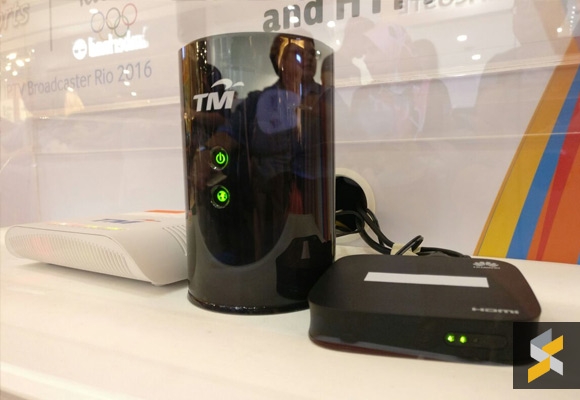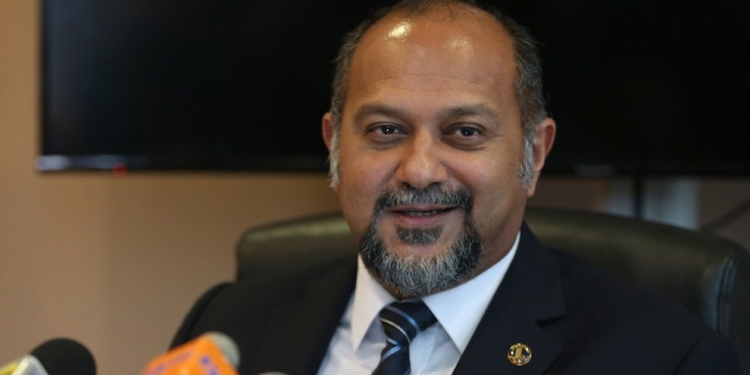When Gobind Singh Deo took the role of Minister of Communications and Multimedia, he made broadband price reduction as one of his main priorities. He promised that he will work towards doubling our internet speeds while reducing the subscription cost by half.
Today, he made one of his first moves by announcing that broadband prices could be slashed as much as 25% by the end of this year. This is due to the implementation of Mandatory Standard on Access Pricing (MSAP) that are enforced beginning of 8 June.
The MSAP is basically a price cap for wholesale broadband providers and they can’t charge beyond a specified price. If the wholesale prices are reduced (which they usually do over time), that should translate to some savings for the end user.
While paying less for broadband is a good thing, there are other issues that are stopping a majority of Malaysians from getting decent internet experience.

Firstly, we have to acknowledge that the cost of mobile internet and broadband has gone down over the years. At the moment, you can get 10Mbps Fibre Broadband from RM119/month and up to 500Mbps for RM299/month. That’s quite affordable especially when you compare that to Streamyx users on ADSL who are still paying more than RM100 a month for pathetic 1-4Mbps speeds.
Based on TM’s FY2017 financial report, they have a total of 2.33 million broadband subscribers and only 1.13 million of them are on Unifi. This leaves about 1.2 million users still connected to Streamyx. Quite some time ago, Datuk Seri Dr Salleh Keruak once said that Malaysians prefer slower and cheaper internet and that statement had gotten a lot of people fired up. That was three years ago and the fact remains that there are still over a million users who are still stuck on a connection that shouldn’t be defined as broadband in this day and age.
In 2017, the government had pushed telcos to reduce their prices with faster speeds but that wasn’t enough to reduce the number of Streamyx subscribers. The problem is no longer about cost and it’s all about availability.
Whether it is Time, TM or Maxis, Fibre is still very limited to urban areas and even if you live in a city, you could face the issue of no ports available. Interestingly, in February this year, TM’s former CEO had revealed that there are 1.8 million ports which have yet to be utilised and each port could serve up to 8 households. So what’s going on here? Either a lot of consumers are not aware that Unifi is available or perhaps TM has been rolling out their fibre network in the wrong places.
To improve access to high-speed broadband for all, we would need to accelerate fibre broadband expansion throughout the country. At the moment there’s the High-Speed Broadband Phase 2 (HSBB2) project that will increase coverage in state capitals and selected major towns and Sub-Urban Broadband (SUBB) project that focuses on upgrading existing copper lines to deliver faster speeds of up to 20Mbps. For HSBB2, TM will invest RM1.3 billion and another RM500 million will be funded by the government. Meanwhile, the SUBB project will involve an RM1 billion investment from TM, while the government will invest RM600 million.
Realistically, we can’t expect every single town to get fibre and that’s where 4G broadband comes in. There are many telcos offering fixed wireless broadband service as an alternative to a wired connection. For wireless to work at optimal performance, there are other challenges such as spectrum availability which needs to be addressed immediately.
Telcos would need more assistance to improve network coverage. The government could allow telcos to install base stations on existing public infrastructure such as utility poles, lamp posts and billboards to increase coverage and capacity. A consortium which involves the government, building owners and councils can be formed to help accelerate deployment of base stations for both indoor and outdoor.
Are you still stuck with Streamyx? Let us know your thoughts below.








